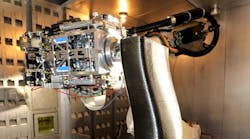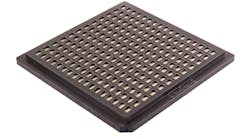In the RF world, a significant effort has been made to develop high-performance substrates to reduce losses and extend frequencies. While many high-performance substrate options are now on the market, most can be classified as rigid, or at best, semi-flexible. In fact, in this high-performance race, many have overlooked all of the markets in which extreme performance and high frequencies were not required. Rather, these markets would have benefitted from new mechanically compliant substrates.
In this era when technology is becoming smaller and cheaper, more are looking to wearable technology as a predominant field of interest for markets ranging from medical to military to fitness. Conventional manufacturing technology that uses “rigid” components requires a great deal of effort to miniaturize the overall component. However, this kind of approach doesn’t lend itself to RF applications in which the overall geometry depends on the frequency and imposes certain limitations that cannot be easily overcome.








